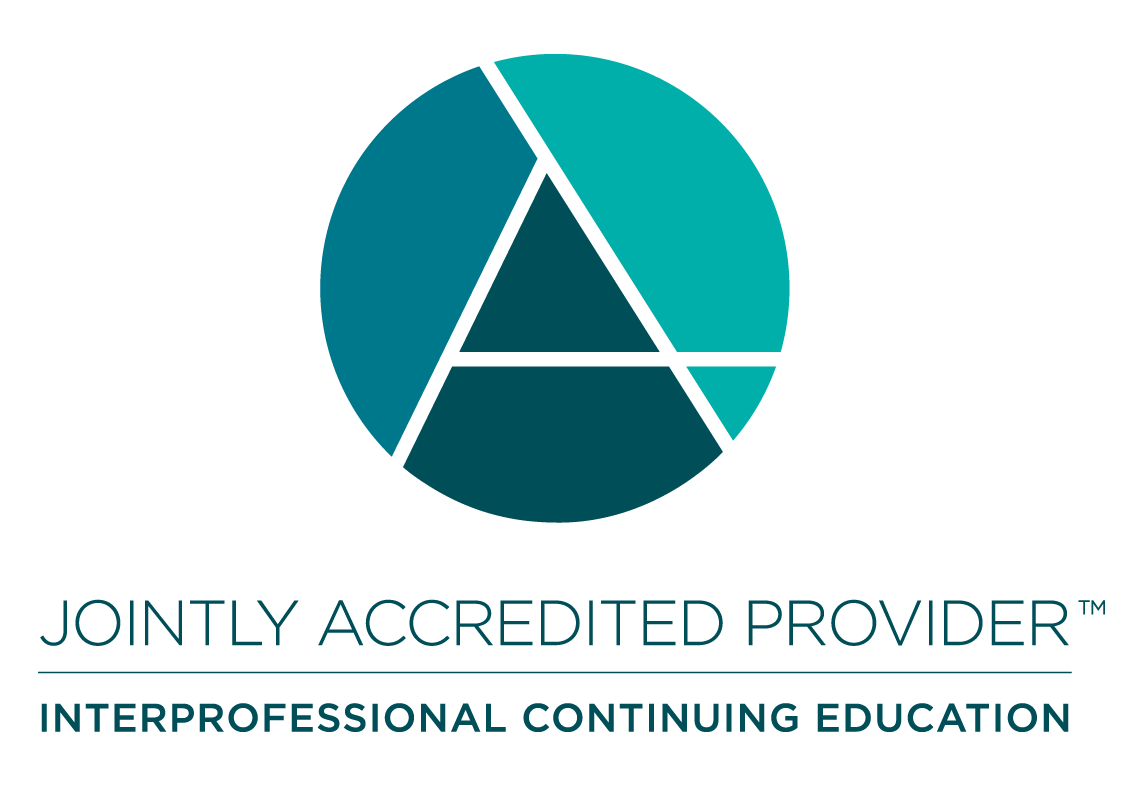Objectives
After participating in this educational activity, attendees should be able to:
1| Define "Substance Use Disorders" and the modalities to assess for SUD
2| Describe two examples of non-pharmacological approaches to pain control
3| Identify the different BH EAP services available to BH employees and their families
4| List the four available professional pathways and their required assignments for completion
Faculty
Stephen Ryzewicz, MD, FACP, DFASAM
Medical Director, BMC Addiction Consultation Services
Baystate Medical Center
Patty Faron, BSN, RN, CPAN, HN-BC
RN IV, Pain Clinic, Holistic Nurse
Baystate Medical Center
Annabel Hallgren, M.Ed, LMHC
Sr. Consultant Employee Assistance Program & Program Manager, BMC Inpatient Behavioral Health
Baystate Health & Baystate Medical Center
Brittany Patterson, MSN, RN
Manager, BH Nurse Residency Program
Baystate Medical Center
Faculty Disclosure
The design and content of Baystate Continuing Interprofessional Education (CE) activities support quality improvement in healthcare and provide fair and balanced views of therapeutic options. Any relevant financial relationships are mitigated prior to the educational activity.
None of the planners or faculty for this educational activity have relevant financial relationship(s) to disclose with ineligible companies whose primary business is producing, marketing, selling, re-selling, or distributing healthcare products used by or on patients.

Accreditation Statement
In support of improving patient care, Baystate Health is jointly accredited by the Accreditation Council for Continuing Medical Education (ACCME), the Accreditation Council for Pharmacy Education (ACPE), and American Nurses Credentialing Center (ANCC), to provide continuing education for the healthcare team.
Nurses
Baystate Continuing Interprofessional Education designates this live activity for a maximum of 2.75 contact hour(s). Nurses should only claim the credit commensurate with the extent of their participation in the activity.
- 2.75 ANCC Contact Hours
 Facebook
Facebook X
X LinkedIn
LinkedIn Forward
Forward